“What am I going to talk about in this presentation?”
It’s the wrong tactic. It makes presenters self-focused and creates the “me show.” Your audience doesn’t care about what you know until they know that you care… about their interests.
First, Focus on The Audience
Instead, ask yourself, what does this audience want for themselves… in their day-

to-day jobs and their lives? What are they feeling pressured about? How are they going to achieve their next big sale, promotion, or top rating on their performance plan?
Read about their company online. Professionally stalk some audience members on LinkedIn. Take someone who fits your audience demographic to coffee. Then, make a list of their interests and concerns.
Next, Answer These Questions
“At the end of my presentation…
What do I want this audience to know?
How do I want them to feel (about me, my offering, and my organization)?
What do I want them to do?”
Be specific!
“I want them to know the top 3 reasons to research the audience before presenting. I want them to feel inspired to take time to research the audience and feel that I am a trustworthy resource. At the end, I want the audience to commit to spending one extra hour thinking about their potential audience before their next sale/presentation. Oh, and I want them to hire me to help.”
Let’s Get Married!
This is the most important step: marrying what the audience wants with what you want, and cutting out the rest (it’s just noise).
For example, if I were speaking to a group of sales professionals, and I had found out that this group was under pressure to make this quarter’s numbers or risk being put on a performance plan, I might use this angle:
“As sales professionals, you are under extreme pressure at the end of the quarter to make your number. You might be thinking that spending time researching your audience is a waste when you have calls to make. In this presentation, I will show you how much more effective you will be in closing sales when you spend a little time up front tailoring your pitch to the client’s needs.”
Any other features or benefits that don’t speak to the audience’s needs? Leave them out. They’re just noise.
Happy presenting and good luck!
